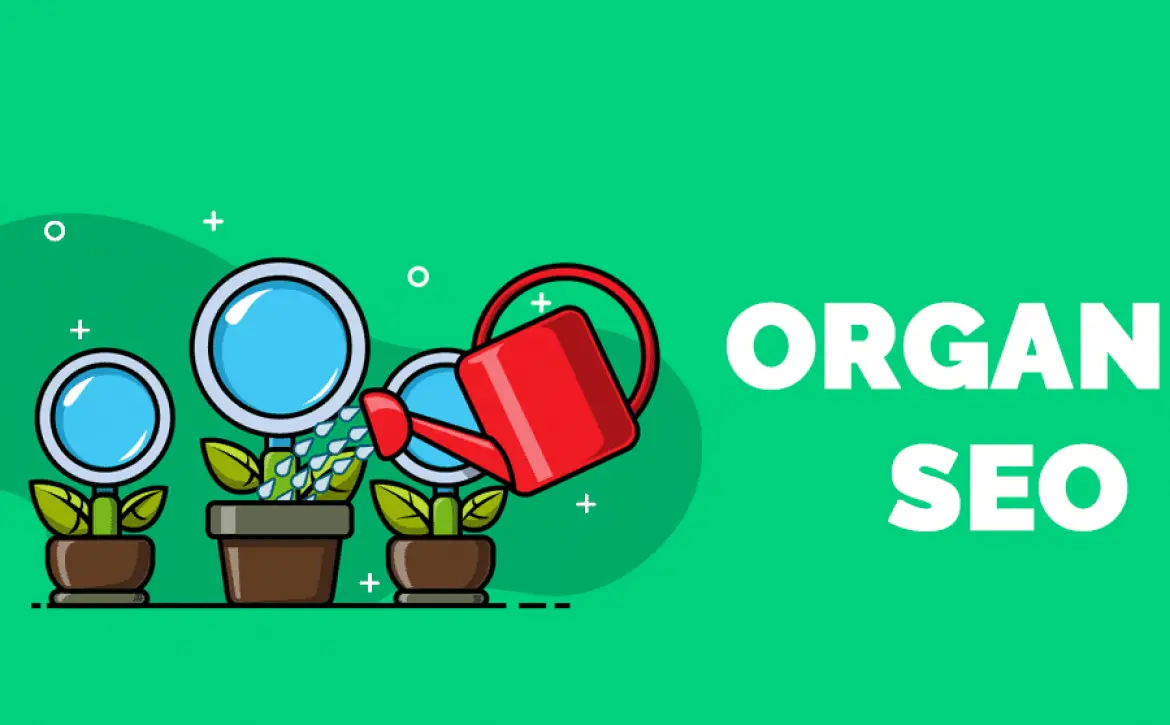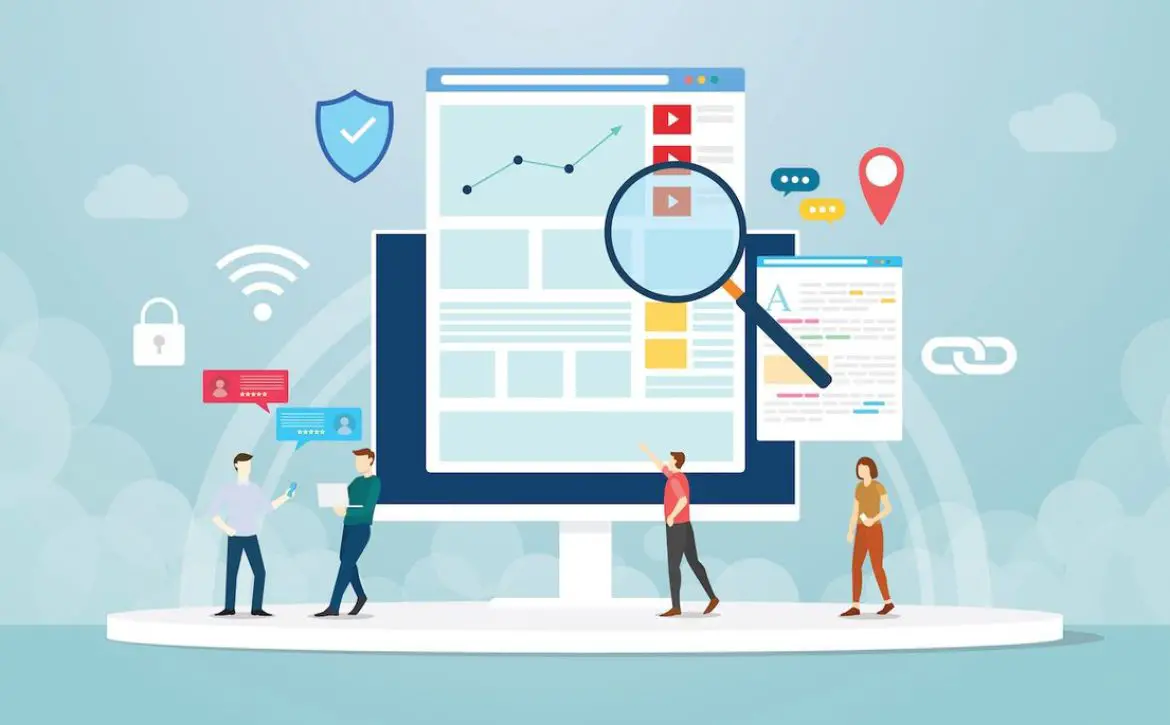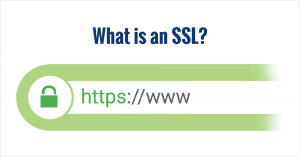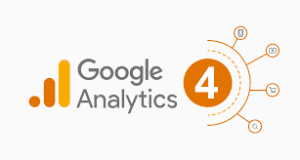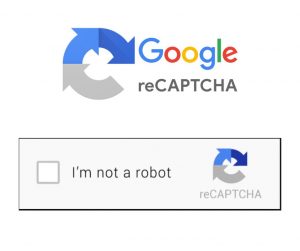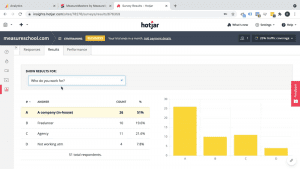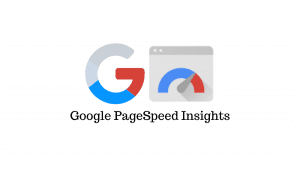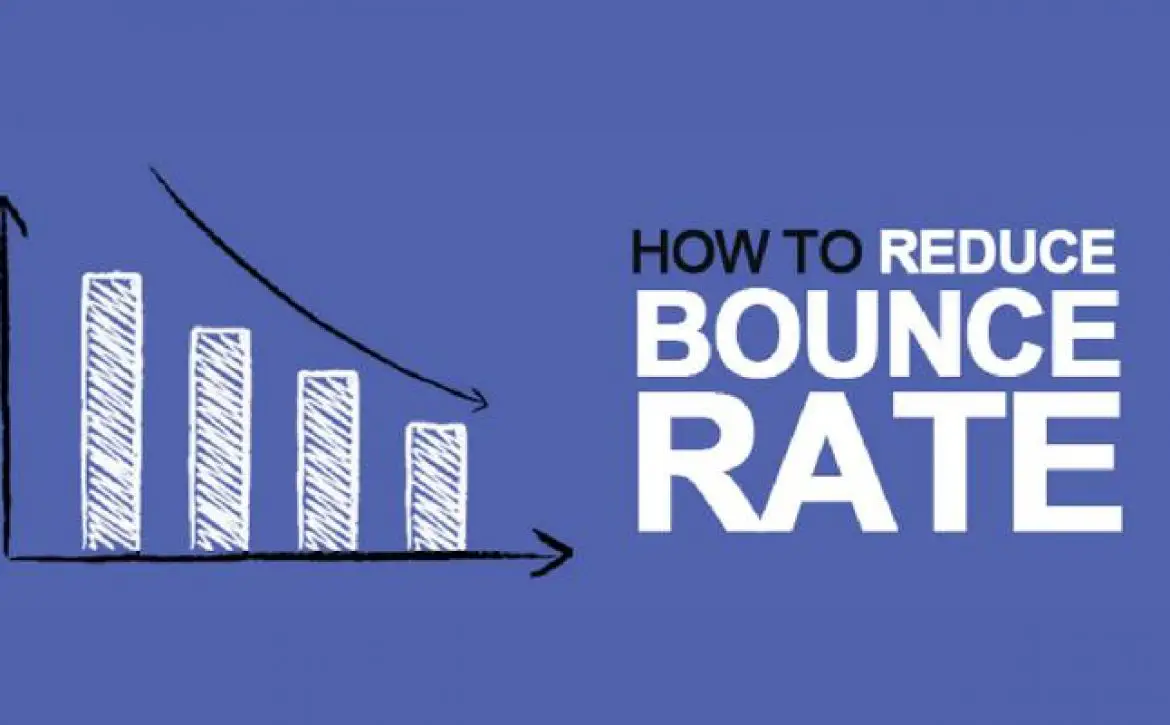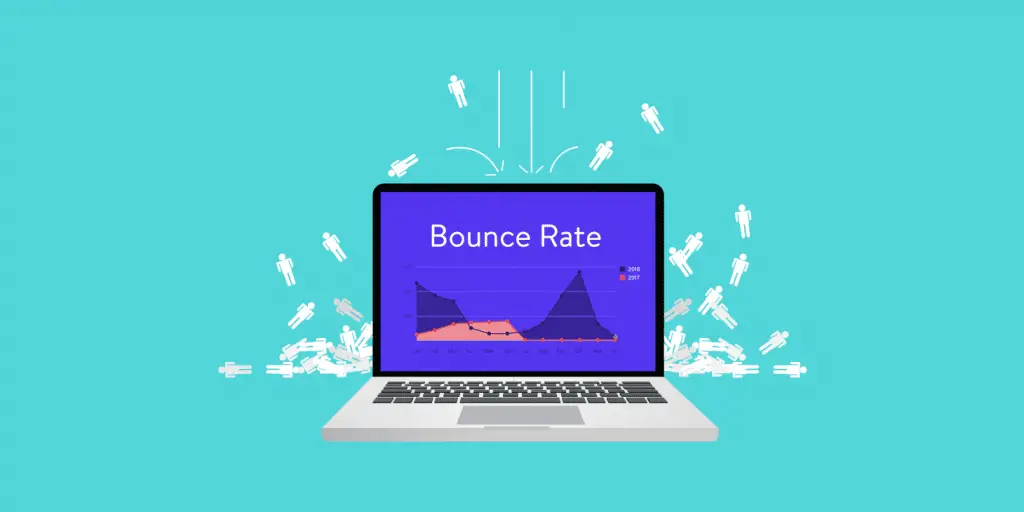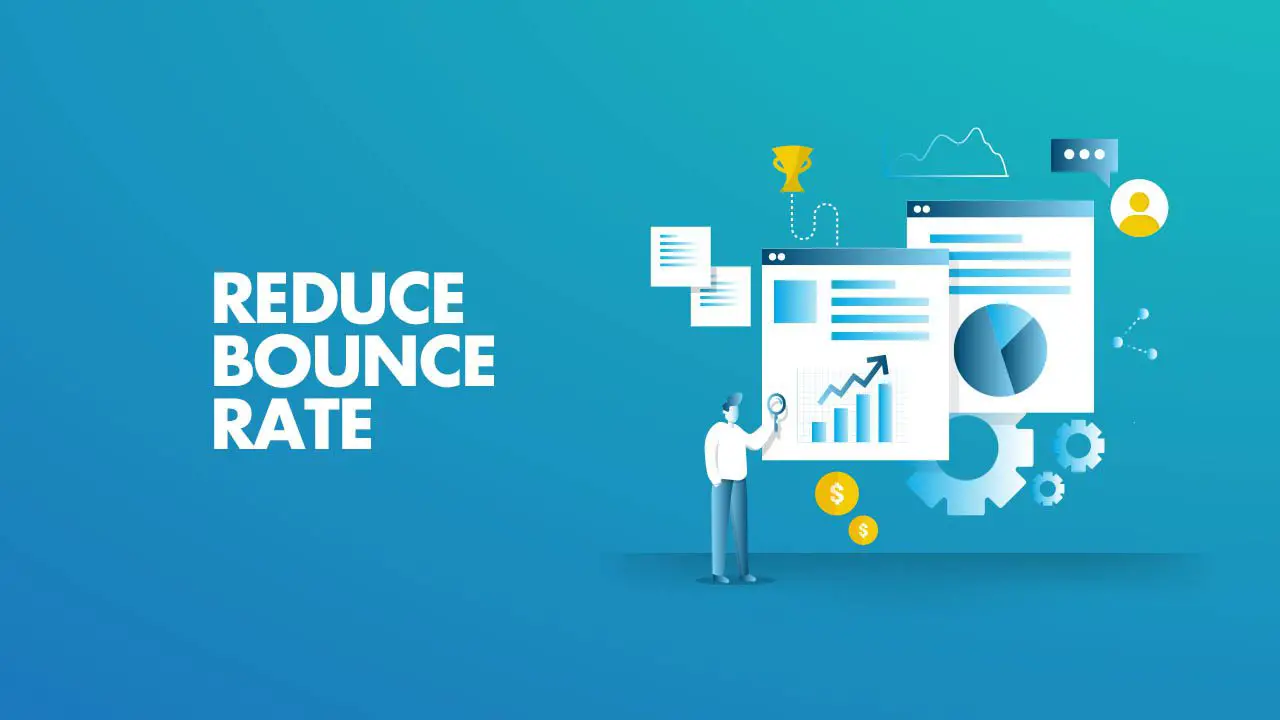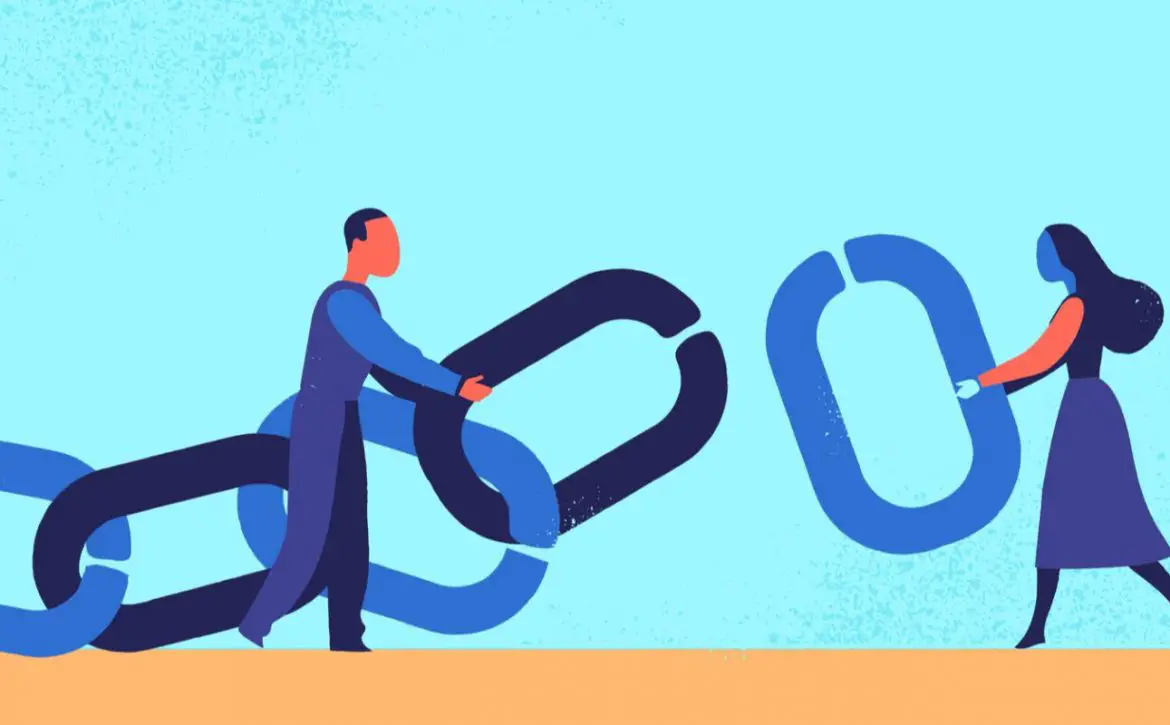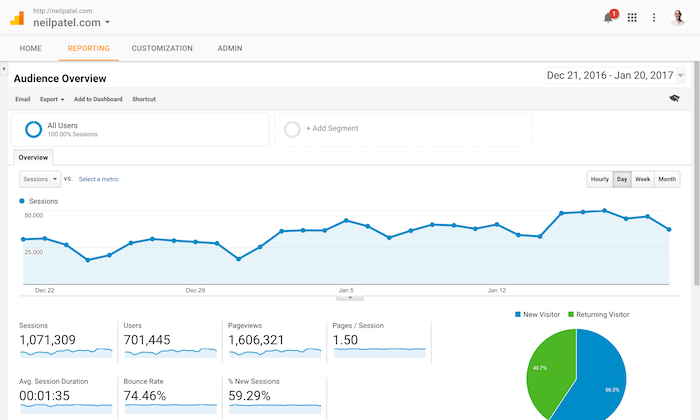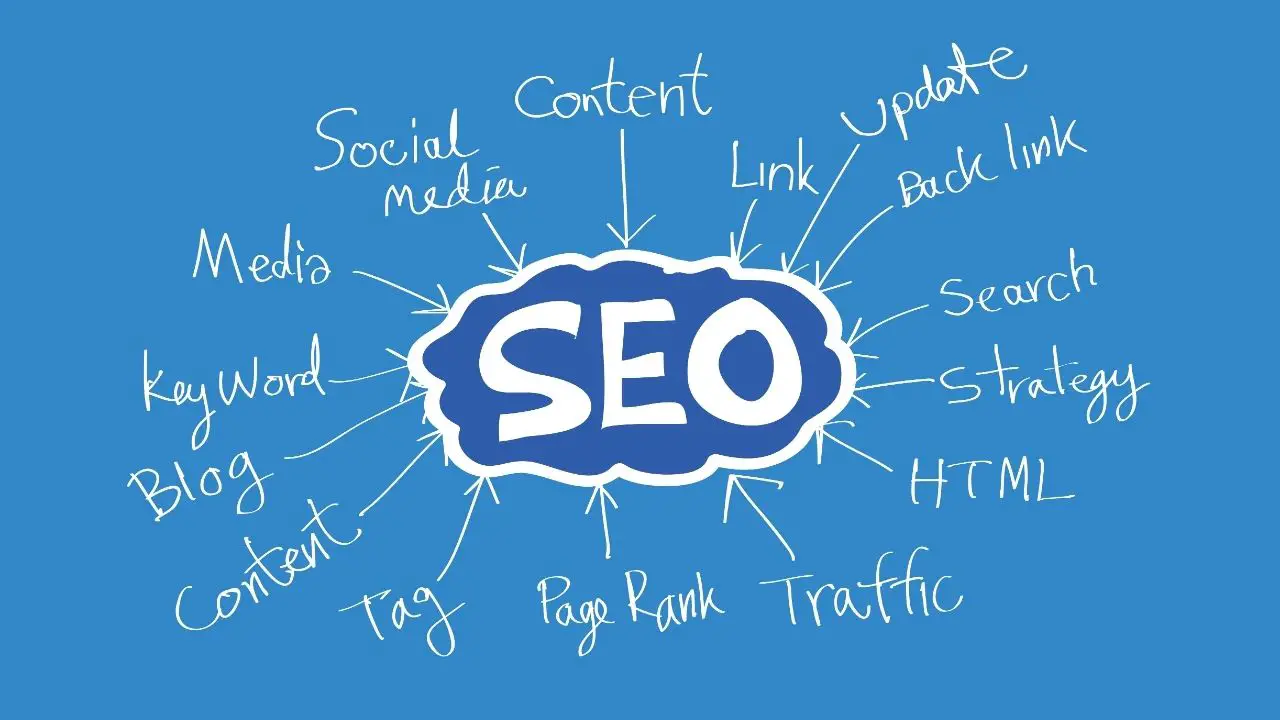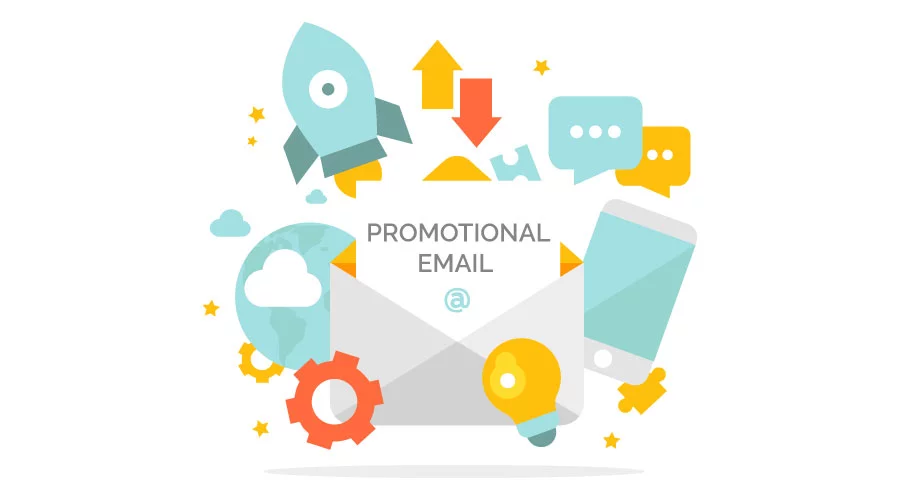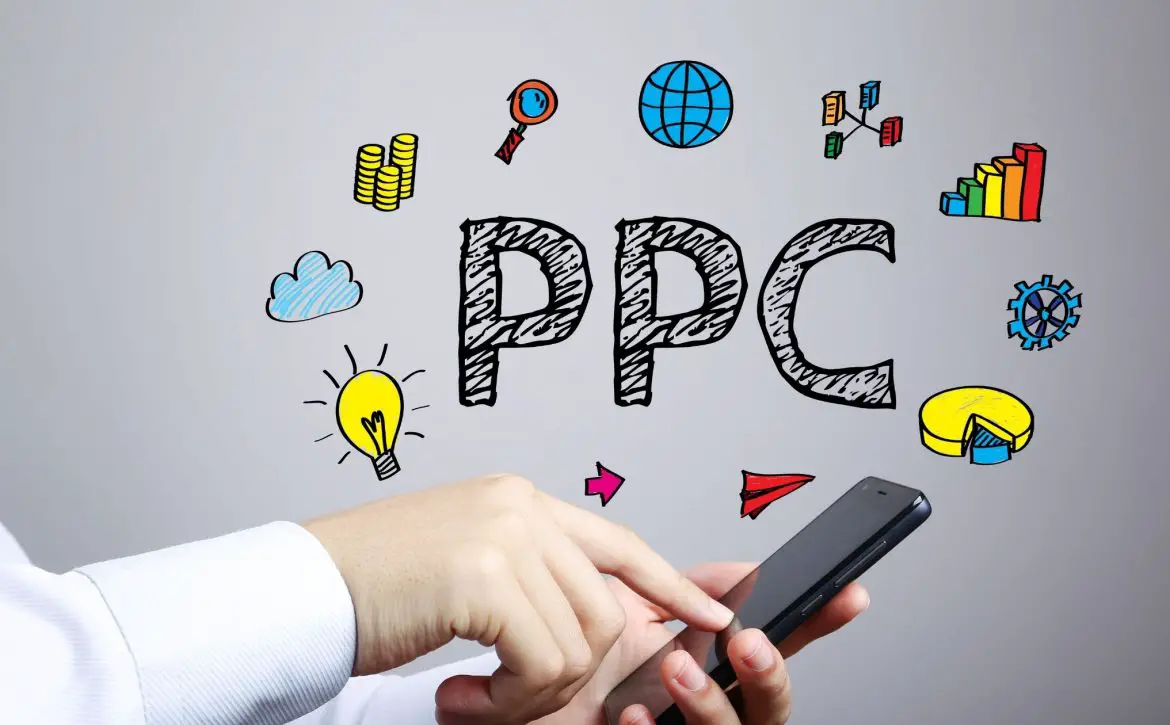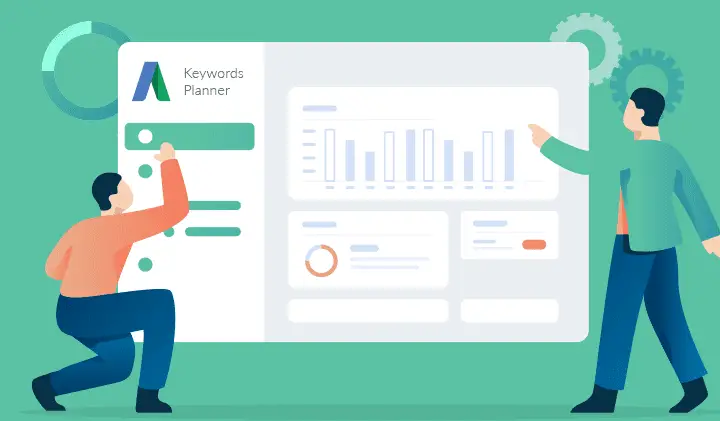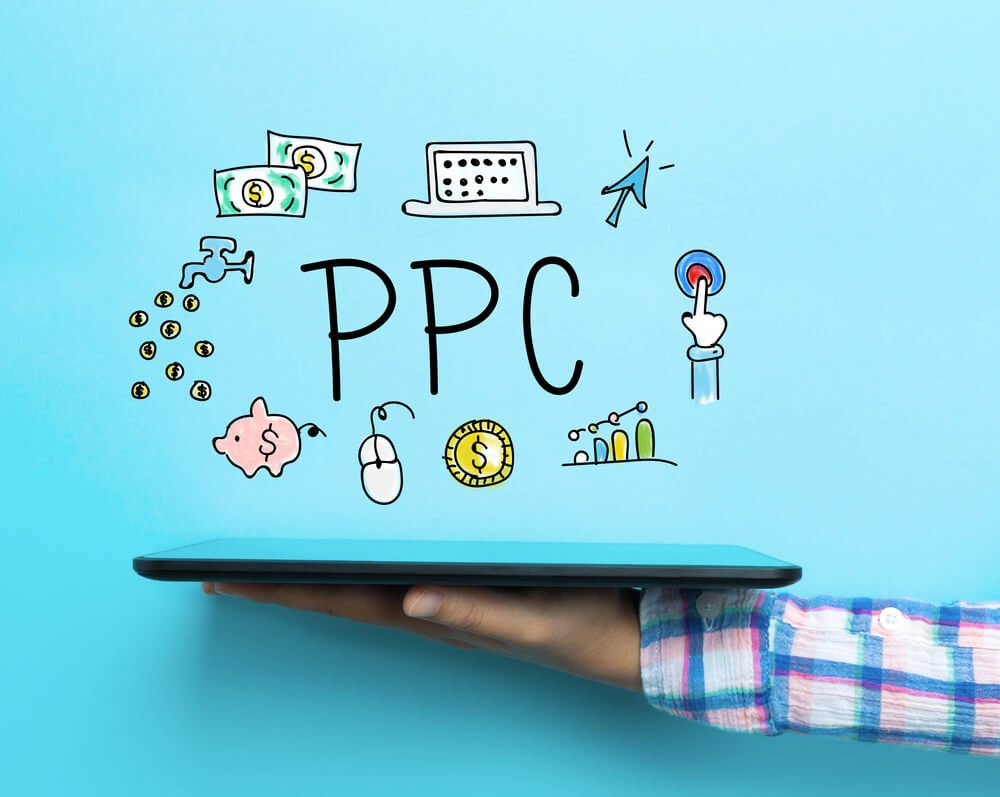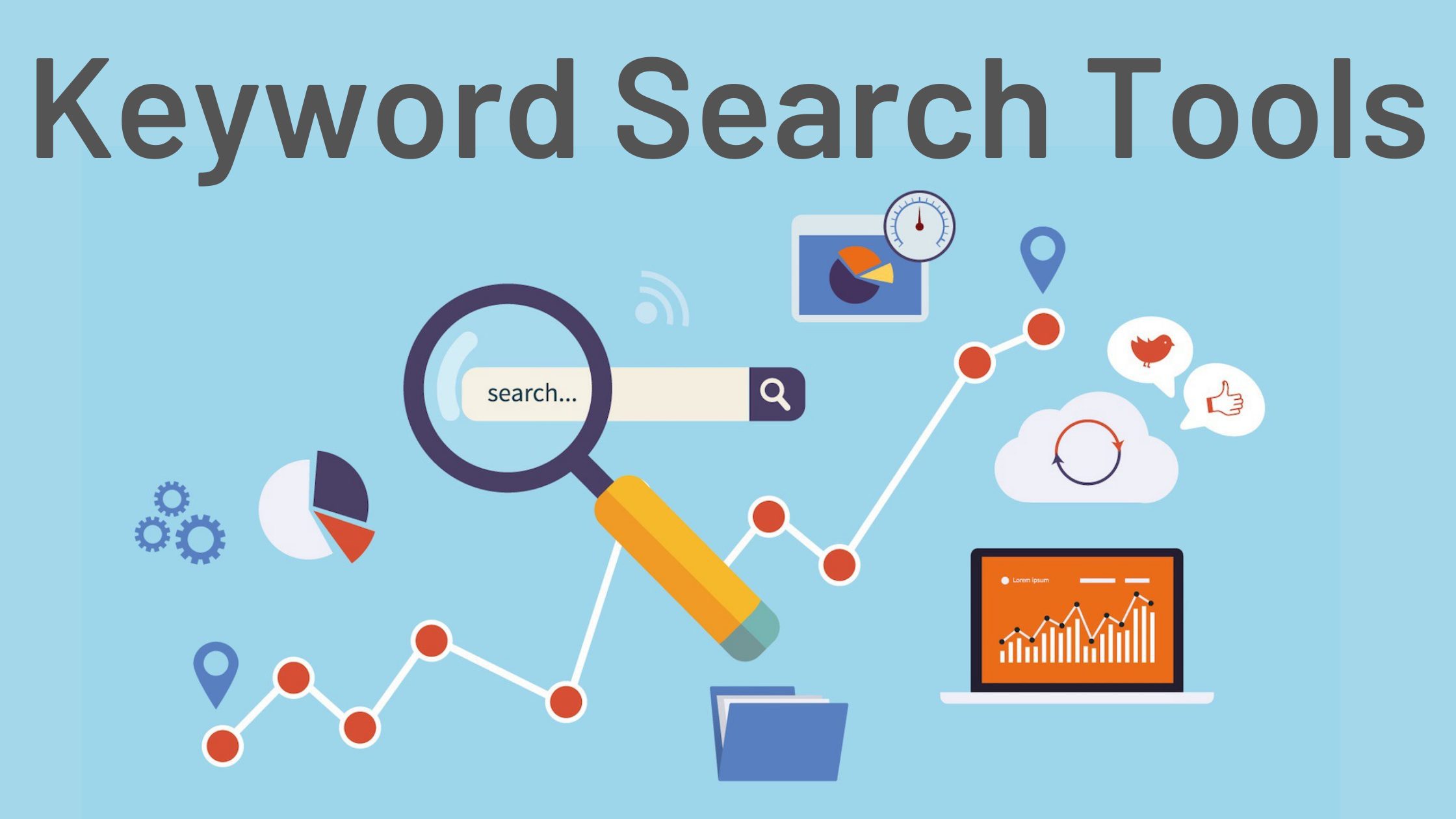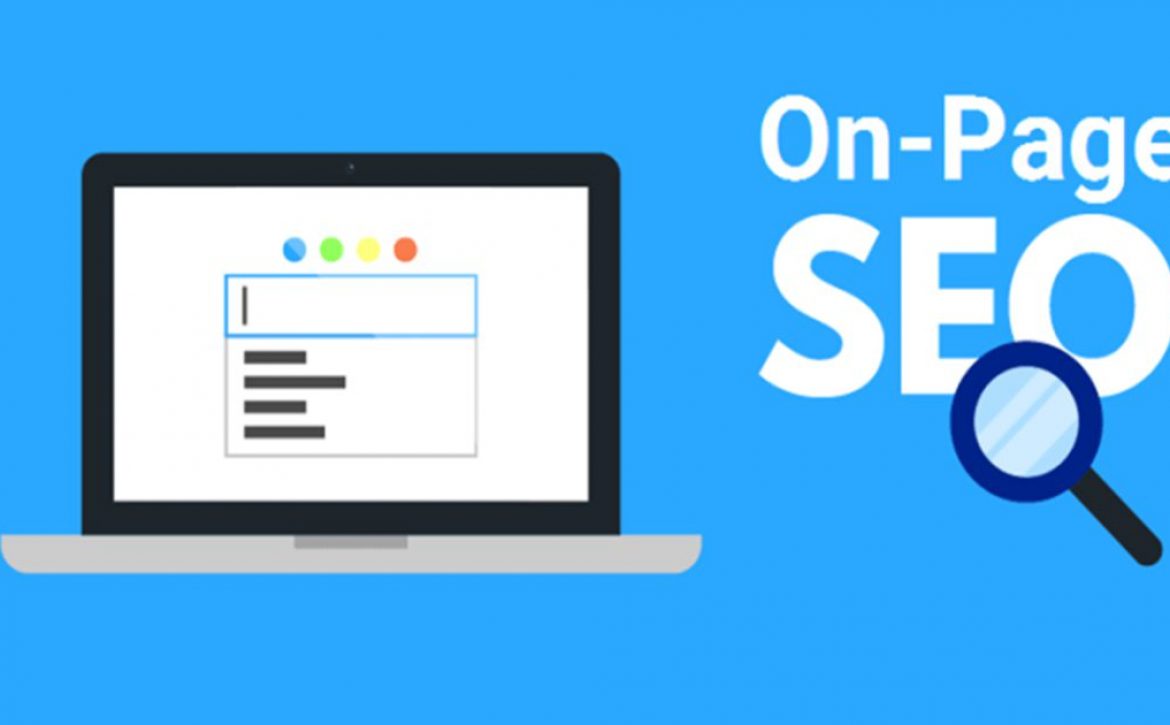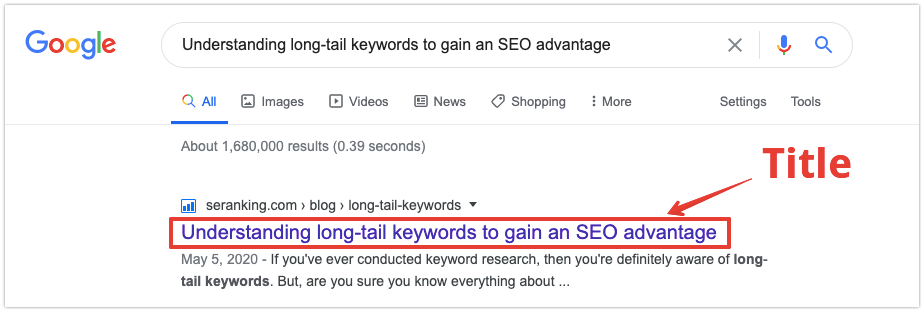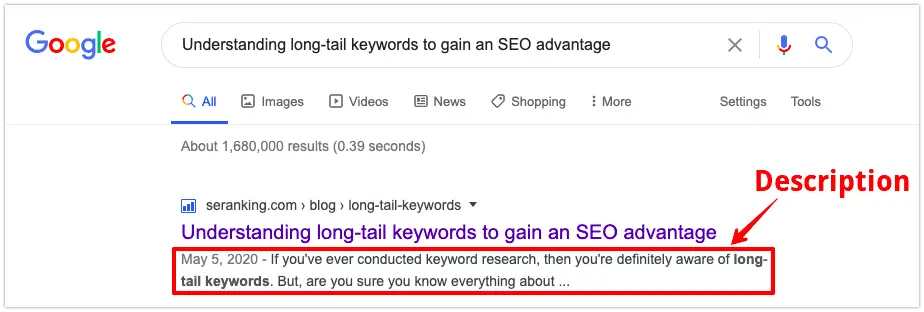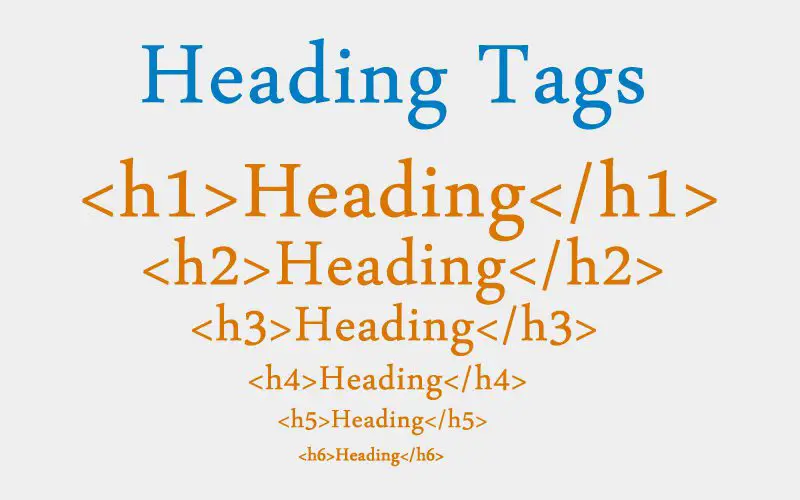Why You Should Understand Searchers’ Intent
Are there times when you wonder why your contents do not rank for certain keywords? You may have been racking your brain on how to gain better visibility on Google. Well, what if you just did not understand searchers intent?
You may have heard the term ‘search intent’, but not sure what it means. Do not bother yourself much, as this article is here to help you understand your users’ search intent, and how it can affect your content strategy.
What is Search Intent?


Supposing you were searching for a term on a search engine, wouldn’t you have a reason for searching? That’s how search intent works. When a person conducts a search online, they have a main purpose in mind. For example, they might be thinking about buying a new laptop and they’re researching different kinds of laptops.
In my own definition, which may be a general definition, search intent is the main purpose, or reason behind every search. Someone just searching to see different hairstyles, may be searching with the purpose of finding a new hairstyle. Same with someone searching for recipes; he or she may be searching with the intent of finding the recipe for velvet cakes.
Today, SEOs focus on search intent because Google’s changing algorithms makes it clear that content relevance gets more important by each day. Basically, Google will rank pages that best answer a searcher’s query.
Look at this instance: if someone searches ‘nail salon in California’, a list of local stores may show up, after which some search results will come. Google understands that the searcher is looking for a local store to get his or her nails done. So, local stores come up first. If that searcher refines their search to a more specific location, an even more specific set of stores would show up. This is because Google understands search intent.
It knows that the searcher wants to get their nails done, and it not only brings up a set of local stores, but also generates alternative terms for them.
In short, the search engine understands their search intent, and offers them suggestions to meet their needs.
How to Know and Understand Searchers’ Intent
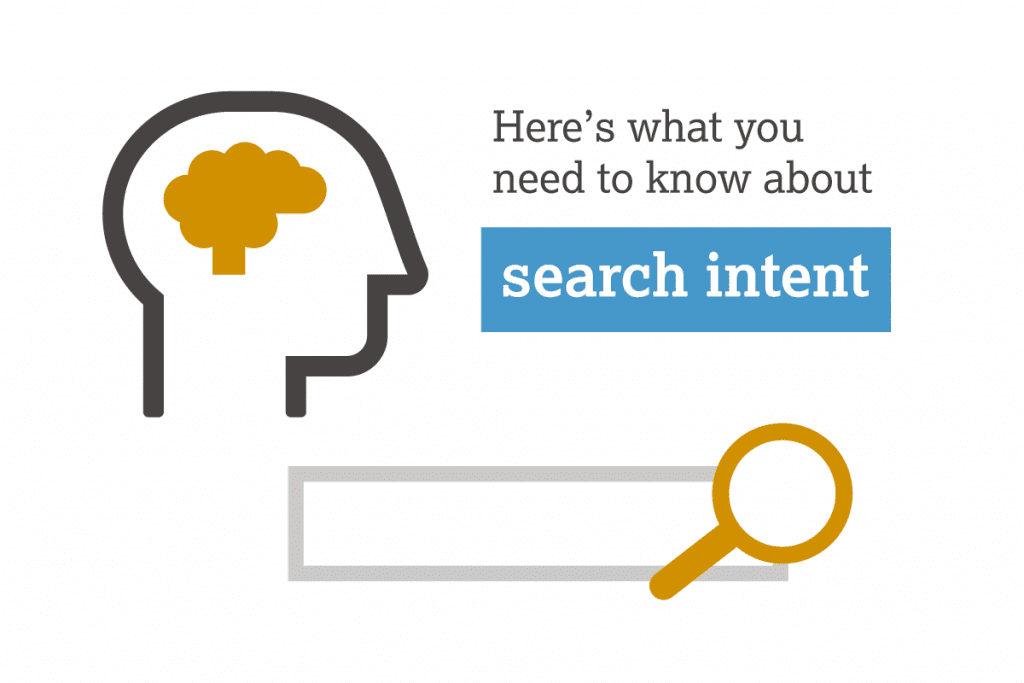

Just like Google, when you create content, you need to do the same: understand what your searcher wants through the keywords and terms they use, to develop content.
Search intent is quite different from keywords. When you perform keyword research, you want to know what keywords you want your site to rank for. But when you try to know your searcher’s intent, you try to answer users’ query, and this would in turn, help your site rank.
Below are are few steps to knowing your searcher’s intent;
Knowing your ideal customer:
There is nothing as effective as knowing who your customers are. This is why researches are carried out by marketers, to know and understand what their customers like. When you know your customers, you can create a good consumer persona.
Here’s how to do this;
- Like I said earlier, research. This could be going on the social media platforms you can find your customers, getting to know their interests, etc
- Understand the needs of your existing customers, what they like about your products or services, and what they’d like you to improve on
- Take note of the information you gather
- Create a user persona with all that information
That’s how you get to know your customers. Understanding customers and their needs is the first step to knowing their intent for searching for something.
Topic research:
While you make your customer research, you will come across topics that your customers talk about. These may not exactly be about your services or products, but may be related. These topics will then link them to your products.
It is wise to do more research on those topics, because it is those topics that will convert your product pages. And this is not just about your products, this is about what interests your customers.
When they find interesting, satisfying and helpful topics on your site, they do not hesitate to come back.
So, topic research helps you understand what your searcher talks about, what interests him/her. This helps you understand why they search for stuff.
Competitive research:
User persona and topic research sound just okay, but they are not all you can do.
Performing competitive research will help you understand how your competitors in your industry are serving users. It will help you find out other topics of interest you may not know, that your searchers talk about. You may also find out some areas of faulting that you can take advantage of!
No, this is in no way criminal or spying. In fact, as you read this, a competitor may be running research on your site!
Occasional competitive research will do you more good than you’d expect. It will also help you stay updated on industry trends. What’s more, you know how you can improve your understanding of searcher’s intent.
Keyword research:
It is only imperative that after a series of research, you finalize your efforts with another research; keyword research.
When you understand your user persona, you understand the kind of keywords they use often. A wise thing to do, is run a research for keywords that will rank for their query.
Topic research gives you topics, whose keywords you must research and refine.
With competitive research, you can see keywords that your competitors rank for. This is not to say you must use those same keywords. Competitors keywords should only give you ideas on what kind of keywords your users search for. So, more research.
Keyword research is as important as search intent itself. This is because while the search intent is the purpose, the keywords are the tools that brings answers to user queries.
Note that not all keywords may rank. But targeting low volume keywords with medium to low SEO difficulty may be better.
Types of Search Intent
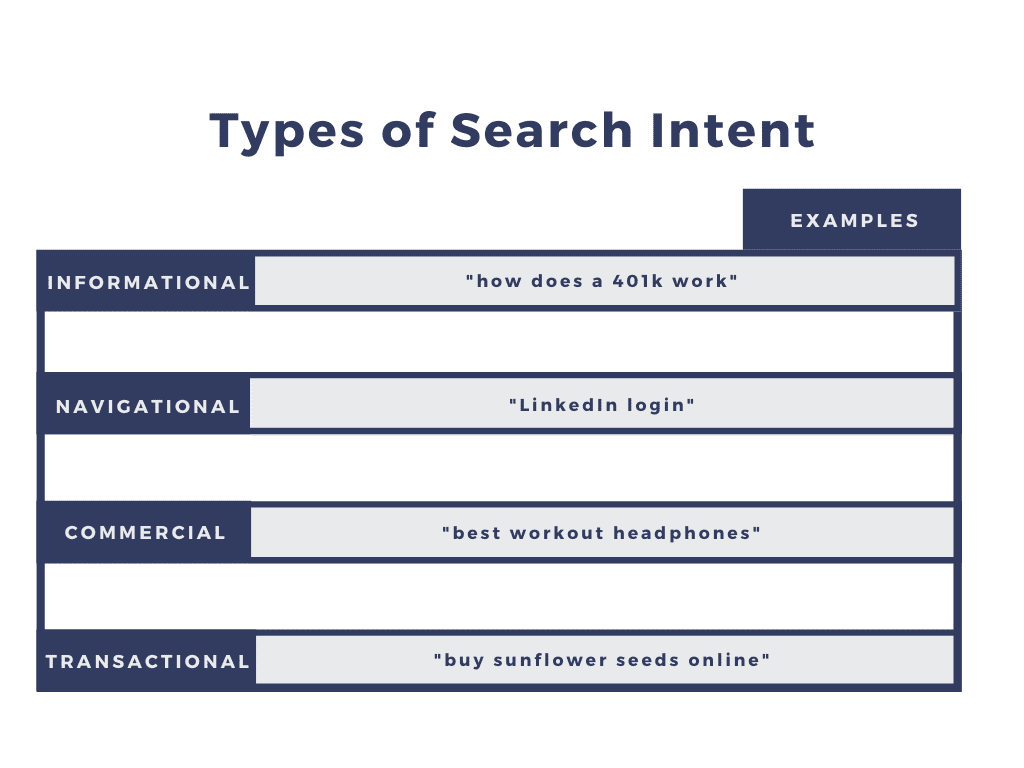

There are four types of search intent I’d like you to know: navigational, informational, commercial, and transactional.
Let’s take a look at these;
Navigational Intent
This is the type of search intent that involves something a searcher already knows, or something specific about a brand or website that the searcher has been associated with, before.
You may have had the intent of logging in to your dashboard owned by a brand, and you may use something like “Facebook login” to search for that website on the search engine. Or even something like “Hearty cakes photos”, because you have come across a local store called Hearty Cakes before, and want to go back to view photos of cakes there. That is you using a navigational search intent to conduct a search.
For navigational search intent, navigational keywords should be used. Navigational keywords usually look like this: “brand name + name of products or services” or “brand name + action you want to take”
Informational Intent
This intent is used when people are seeking information on your website. The intent behind the search, is information. Could be on a certain topic, trend, recipe, etc.
The thing about this intent is that users might not have prior knowledge of what they’re looking for, but they may use keywords to guide their search. Take for example, you type something like “how to use chop sticks”. Maybe before you thought of conducting that search, you had no idea how to use two sticks to eat noodles.
People usually begin their search journey with informational intent. They want to know about what it is that they want to indulge in. For example, someone may be thinking of switching careers, or trying to buy something.
For informational intent, informational keywords should be used. Informational keywords look like this: “how to use charcoal mask”, “what is Microsoft HoloLens”, “who is the owner of Google”, “ideas for small weddings”, etc. These keywords usually begin with “how”, “what”, “who”, “where”, etc.
Knowing how to target this type of search intent helps improve your website’s ranking and bring in more traffic. To do that, you have to;
- Make your website well organized and easy to navigate, so that people who search for information will find it quickly
- Use keywords that are relevant to your topic
- Give answers to the questions people commonly ask. You can use “people also ask” on Google for this
- Provide valuable content that answers those questions, and meet the needs of your audience
Informational searchers look for accurate and reliable information. You want to make sure you give them what they’re looking for.
Commercial Intent
Commercial intent is quite synonymous to informational intent. This is because a searcher with commercial intent is looking for more information; to learn more about something they may or not purchase. The searcher already has basic information on the product or service he or she is looking for, but wants to know more, so that he or she can make informed purchasing decision.
You can determine this intent by the keywords searchers use. Commercial keywords look like this: “best Lexus model to buy”, “top in-demand skills to acquire”, “pricing of chandeliers”, “reviews for Microsoft HoloLens”, etc. Commercial keywords usually begin with “best”, “top”, “review”, etc.
Transactional Intent
This intent is used when a searcher is actively looking to buy a product, or hire a service. This is usually the end of a searcher’s journey.
Here, searchers may have already gotten information on what they want to purchase, gone through the commercial stage, and are now in the buying stage.
It is here that they use transactional keywords such as; “order pepperoni pizza”, “buy Nike air max”, “cheap cargo pants near me”, etc.
Note that users may use different intents in one keyword. An example is this: “where to buy the best Google SEO course”. Look at that keyword; long tail keyword beginning with informational, then transactional, then commercial, and finally, navigational keyword. It is for this reason that you should try to answer users’ queries.
Why Search Intent is Important For SEO
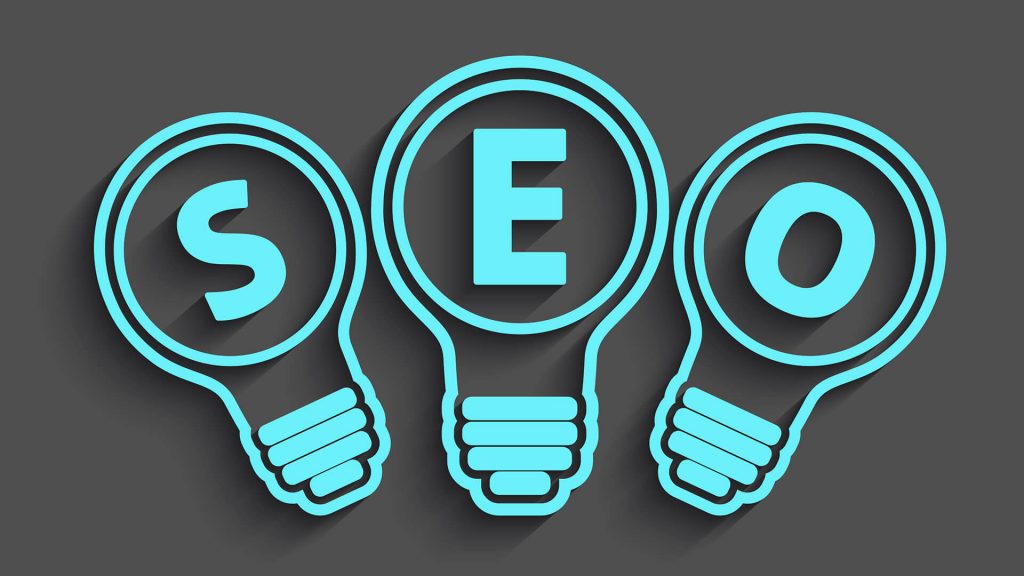

We all know that Google is all about user experience. Giving users all they seek for in your website, should come first before search engines. This is why search intent is important for your site’s SEO.
In the early days of SEO, online visibility was all about keywords. This made site owners would overuse keywords to try and manipulate the search engines in their favour (keyword stuffing). This is turn, led to low quality content all over the SERPs, which gave too little value to readers.
Then search intent became a fundamental part of SEO. Meaning that it became important to understand searchers’ intent. What are people looking for when they type a query into a search engine? For what purpose do searchers come to my website? An answer to those questions will help you better optimize your content and website to match their needs.
The appropriate use of keywords to answer to customers’ needs is the beginning of good user experience, and ranking, in the long run. When you integrate search intent into your content, you can achieve that.
Optimizing Content For Search Intent


After understanding your users’ search intent, it is only wise that you optimize the content on your site to match their needs.
Below, are some ways you can do that;
Use a tool
There are various tools that SEOs and other marketers use to optimize their content. It is not enough to just use a tool, be sure that it is for your users’ search intent. For example, cognitiveSEO has a tool that lets you write keyword optimized content around informational searches.
On-page Optimization
To further optimize your site for users’ intent, you could include a relevant keyword to your title tags and meta descriptions, format your text properly and use images and videos that help illustrate your points. Make sure to optimize heading tags, too. On-page optimization is also important when optimizing for search intent.
CTAs
You should consider checking the calls to action on your site. Try making them stand out a little; users like to be told what to do. Do not just ask them to perform actions, make sure your content is impressive enough to push them to answer to your CTA.
You could also use other elements (like comments sections) to encourage visitors to interact with your content.
Structured Data
One other way to optimize for searchers’ intent is by using structured data markup. This will help search engines to understand and interpret your content, to help them better understand the purpose of your page. Structured data markup can also help your content rank higher in search results.
For transactional intent, you need a good landing page with a simple CTA.
Conclusion
Understanding searchers’ intent helps provide good user experience. Search is consistently evolving, and consumers’ demands are constantly changing. This is why you should understand their intents; they want content that answers their questions, while also addressing their needs.
Always consider what your users are looking for. Then tailor your content to match. With that, you can create solutions to their questions.
It is quite understandable that you want your site to rank high for keywords, but high ranking is only a by-product of good user experience. Understand that Google is all about users. When you deliver the kind of content that meets searchers’ needs, you’re more likely to rank higher on Google and win customers’ trust. It is only when you give value to users, that you will be able to convert them to customers or buyers.
I hope that you begin to use search intent to optimize your contents. If you use search intent, you may tell me in the comments, how it has helped you.
That will be all for now, readers. Thank you!



